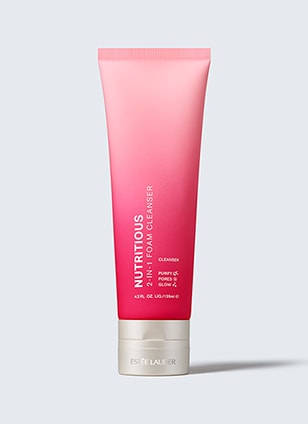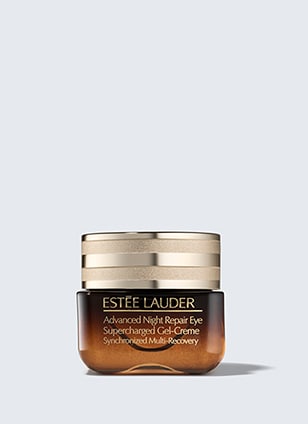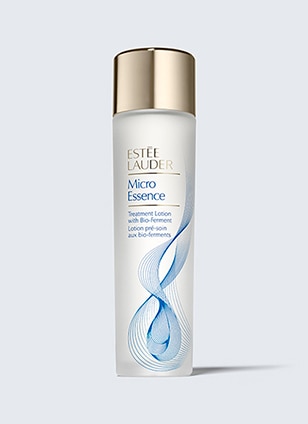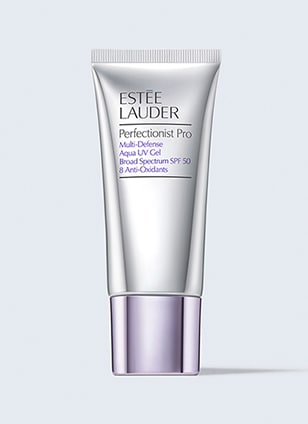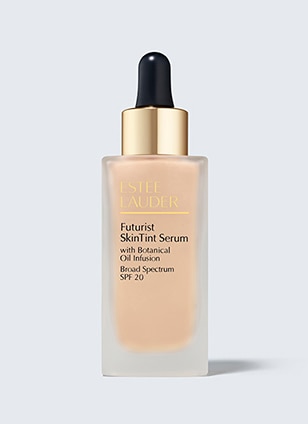
The secret to perfecting your beauty regimen? Knowing your skintype. Understanding your skin’s unique needs is essential to achieving a glowing, healthy-looking complexion.
Whether it’s a mattifying foundation like Double Wear Stay-in-Place Makeup for oily skin or a hydrating moisturizer for dry skin, you can tailor your makeup and skincare routines with the right formulas for your skin’s needs.
Want to know how to identify yours? Scroll through our complete skintype guide and discover makeup and skincare formulas tailored to each one.
How to Determine Your Skintype
Don’t worry—figuring out your skintype doesn’t need to be complicated. Try either (or both) of these at-home methods to help identify which one you have.
The Bare-Faced Method
Wash your face and wait 30 minutes to an hour. Observe how your skin looks and feels.
- Dry Skin: If your skin becomes tight, dry and dull, you likely have dry skin.
- Oily Skin: If your skin looks and feels oily, especially in the T-zone, you might have oily skin.
- Combination Skin: If you have oiliness in your T-zone but dryness on other areas of your face, you might have combination skin.
- Sensitive Skin: If your skin is prone to visible irritation or redness, or you notice reactions to environmental factors or products, you might have sensitive skin.
- Normal Skin: No discomfort or noticeable concerns? You likely have normal skin.
The Blotting Sheet Method
Gently press a blotting sheet against different areas of your face. We recommend doing this in the middle of the day or in the evening to achieve the most accurate results.
- Dry Skin: Little to minimal oil on the sheet may indicate you have dry skin.
- Oily Skin: A significant amount of oil on the sheet from all areas of the skin can mean you have oily skin.
- Combination Skin: If the sheet picks up oil in certain areas only, such as your forehead and nose, you might have combination skin.
- Sensitive Skin: This test does not show sensitivity, necessarily. If you notice visible redness and irritation, however, it might be a clue.
- Normal Skin: If you notice minimal oil on the sheet (and no other noticeable issues), you likely have normal skin.

What are the different skintypes?
Skin can be classified into four main types: oily, dry, combination, and normal. Each comes with its own characteristics and care needs. Let’s break them down:
Oily Skin:
If you have an oily skintype, your skin tends to produce more sebum than the average, which can lead to a shiny, greasy appearance. This excess oil can lead to issues like breakouts, acne concerns and enlarged pores. Choose formulas that help absorb excess oil or are appropriate for oily skin.
Our Best Products for Oily Skin
Dry Skin:
Dry skintypes lacks oil, which can lead to a dull and tight complexion. Dry skin can also be prone to flakiness—so proper hydration is crucial. Look for gentle products made with moisturizing ingredients like Hyaluronic Acid.
Our Best Products for Dry Skin
Combination Skin:
Combination skin presents as a mix of dryness and oiliness, often with oiliness concentrated in the T-zone (forehead, nose and chin). Finding the right balance in your routine is key for combination skin. Consider using different products on different areas of your face to address the varying needs of different zones.
Our Best Products for Combination Skin
Normal Skin:
Not noticing any of the above concerns? You most likely have normal skin. This well-balanced skin type experiences minimal concerns and can tolerate most skincare products. Still, maintaining a consistent skincare routine is important to ensure your skin remains in optimal condition.
Our Best Products for Normal Skin
Sensitive Skin:
Any skintype can be sensitive. If you have sensitive skin, you may be extra prone to irritation from products and environmental factors. Common concerns can include visible redness, itching and discomfort. Fact: Any skintype can also experience moments of skin sensitivity. Look for formulas that can help soothe and calm the look of sensitive skin.
Our Best Products for Skin Sensitivity
Can your skintype change?
Yes, your skin type can change. Environmental factors, seasonal changes, stress, hormones and age can all contribute to changes in your skin over time. That’s why we recommend regularly assessing the state of your skin—and adapting your routine for the best possible results.
Want to learn more about your skin’s unique needs? Chat Live with an Estée Expert for 1-on-1 advice.




